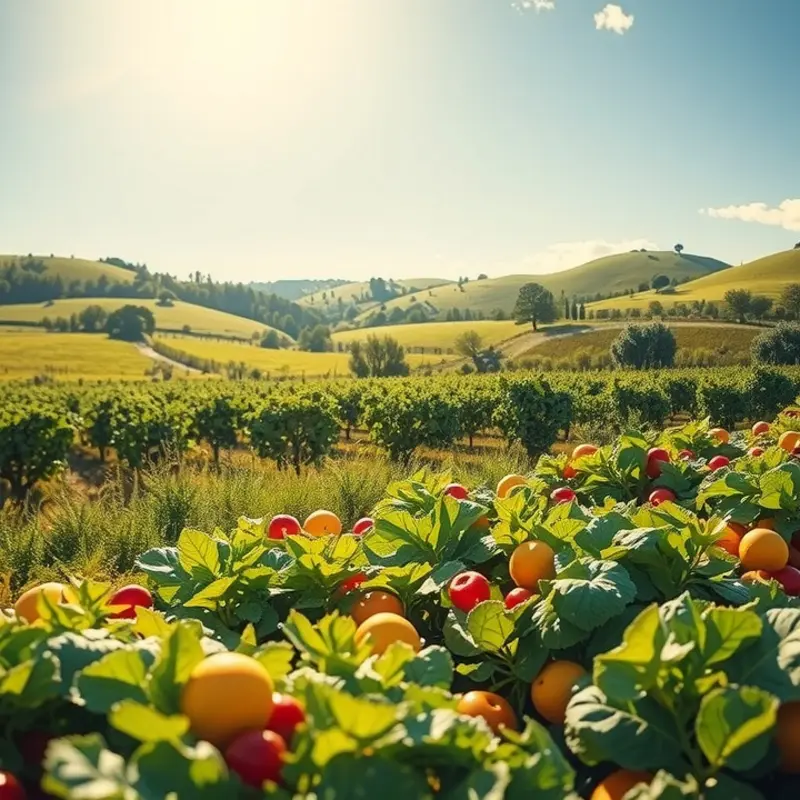A well-organized freezer can help you minimize waste and improve food management at home. Selecting the right containers for freezer storage is key to preserving freshness and preventing spoilage. Learn to recognize the best freezer-safe containers that will keep your food protected and ready for future meals.
Identifying Freezer-Safe Materials

Selecting the right material for your freezer containers can significantly impact the freshness and safety of your stored food. While different materials offer varied benefits, choosing those specifically designed for freezer use can prevent contamination and preserve food quality.
Plastics are among the most commonly used materials for freezer storage due to their lightweight and flexible nature. When opting for plastic containers, ensure they are labeled as “freezer-safe” or “suitable for freezing.” These labels indicate that the material is less likely to crack or degrade at low temperatures. Look for containers made from high-quality plastic, like polypropylene, and check for BPA-free labels to minimize chemical exposure.
It’s important to note that not all plastics are equal. Thin, low-quality plastics can become brittle and break easily in the freezer, resulting in spills and contamination. Thicker and more robust options are ideal for long-term storage but always ensure a tight seal to prevent freezer burn.
Glass is another excellent option for freezer storage. It is non-porous and does not absorb odors or flavors, which makes it perfect for maintaining the taste and quality of your food. When using glass, it’s crucial to look for tempered or borosilicate glass types, as these are designed to withstand the extreme temperature changes during freezing and thawing. Always leave some space in glass containers to allow for food expansion and prevent breakage.
For those interested in sustainable solutions, stainless steel containers offer durability and can keep food cold for extended periods. These containers do not rust and can withstand low temperatures without cracking. However, ensure they come with silicone seals for an airtight closure.
Then there are silicone bags and containers, which are becoming increasingly popular due to their reusable nature and flexibility. Silicone is naturally resistant to low temperatures and does not leach chemicals into food. These flexible containers are particularly useful for freezing liquid-based items, like soups and sauces, providing you with versatile storage solutions.
When storing foods like sauces, you might find it helpful to reference tips from resources on safer storage of sauces. Ensuring proper sealing with the right materials can prevent leaks and maintain food quality.
Lastly, aluminum foil and parchment paper are often used for wrapping food before placing it in more durable containers. While they can provide additional protection against freezer burn, they should not be the sole means of storage, as they do not offer a secure seal.
In summary, the best choice of container depends on your specific needs, the types of food you intend to store, and your personal preferences. Understanding these materials will help you select the correct container, ensuring your food remains safe and fresh throughout its time in the freezer.
Tips for Effective Freezer Organization

Once you’ve selected the right containers, organizing your freezer becomes pivotal for easy access and efficiency. Start by categorizing foods based on the type and frequency of use. Keep frequently used items, such as fruits for smoothies or pre-portioned proteins, in the most accessible sections. Similarly, store less frequently used items like bulk meats or seasonal ingredients further back.
Next, consider a labeling system that works best for your needs. Labels should be clear, concise, and consistent. Use labels to list contents, dates, and any specific instructions. This simple step prevents mystery containers and reduces the chance of food waste. You might want to explore diverse labeling options, such as printable labels or erasable markers. For more tips on reducing food waste, check out this helpful guide on low-waste cooking and prep.
When stacking containers, think like an architect—aim for balance and order. Group similar items together, and stack containers of like sizes to utilize vertical space efficiently. Always place heavier items at the bottom to prevent crushing delicate foods, such as berries or pastries, which are best stored in a single layer or shallow containers.
For irregularly shaped items or loose foods like veggies or fruits, consider using bins or baskets. These can act as drawers, allowing you to pull out individual items rather than rummaging through everything. Bins are also useful for storing bags of frozen foods upright, like file folders, to choose what you need quickly.
Ensure that air circulates properly around all items. Overloading your freezer can hinder airflow and reduce cooling efficiency. Freeze items flat before standing them upright to optimize space. For example, freeze soups or stews in shallow, even layers before stacking them vertically once frozen.
Vacuum sealing is another method to maximize space while preserving food quality. Removing excess air from packaging extends shelf life and simplifies stacking. If vacuum sealing isn’t an option, pressing excess air out of zippable bags is a beneficial alternative.
Lastly, schedule regular freezer audits. Every month, take a quick inventory of your freezer, checking for items nearing expiration or those that could be used in upcoming meal plans. This regular check keeps your freezer functional and reduces food wastage.
In summary, an effectively organized freezer is a boon to any kitchen. By implementing systematic labeling, strategic stacking, and regular maintenance, you maximize your freezer’s potential while ensuring every item is easily identifiable and accessible.
Final words
Choosing the right containers for your freezer not only preserves the quality of your food but also enhances your overall kitchen management. By focusing on materials and effective organization, you can significantly reduce waste and ensure easy access to your meals. Invest a little time in selecting and organizing your freezer today for a more efficient and stress-free cooking experience tomorrow.







